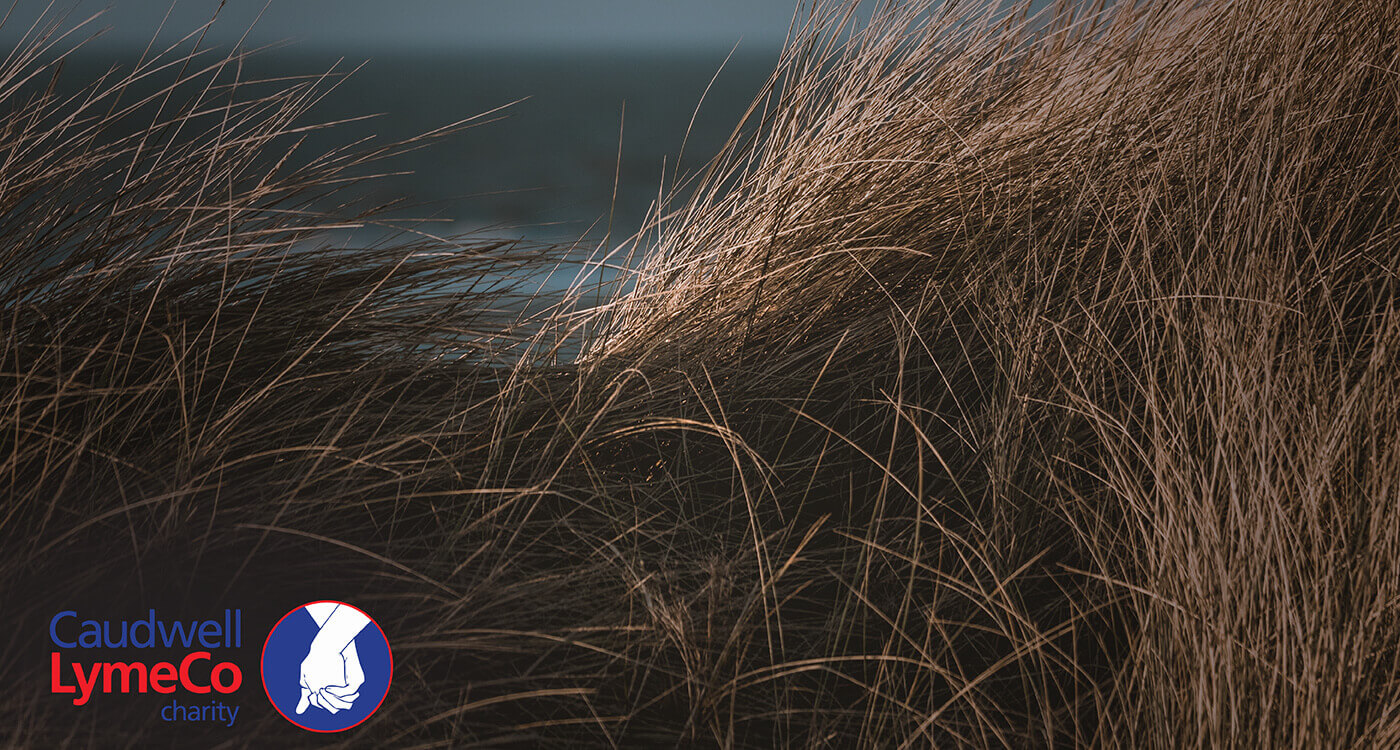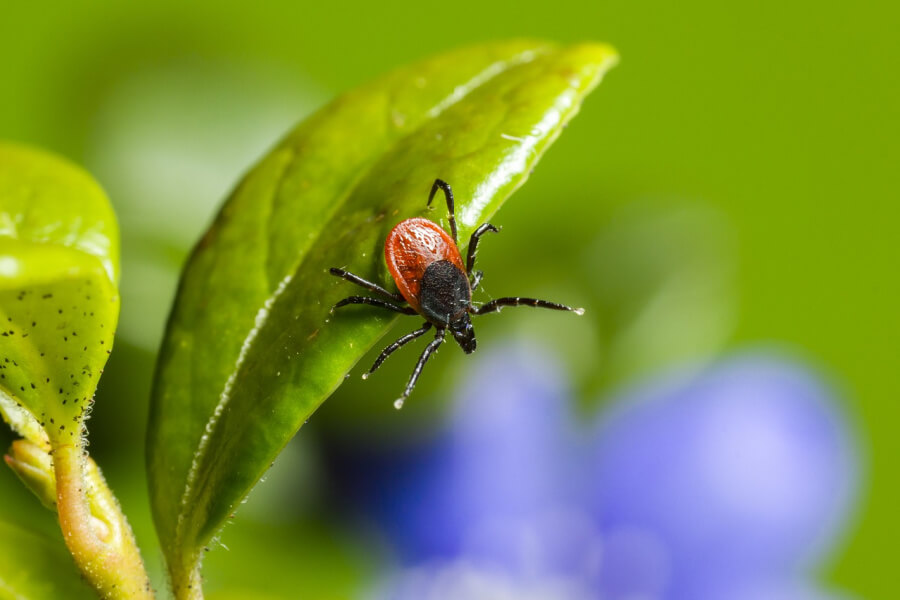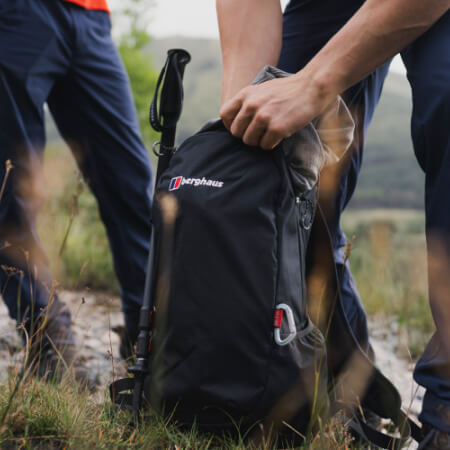Lyme disease is an infection spread by tick bites, which attacks the nerves, joints, heart, brain, eyes and can cause a characteristic skin rash.
It can be a debilitating illness that’s difficult to cure if not treated promptly. The latest research suggests there could be around 9,000 cases a year – that’s 24 people a day catching the disease.
How do you get Lyme disease?
Ticks are most active from May to October but are present all year round. They live in long grass, woodland, parks and even urban gardens, and climb on as you brush past, or sit on the ground.
Not all ticks carry Lyme disease, but if you are bitten by a tick, it’s important to know the signs to look out for. And of course, the best way to avoid catching Lyme disease is to avoid being bitten in the first place!














